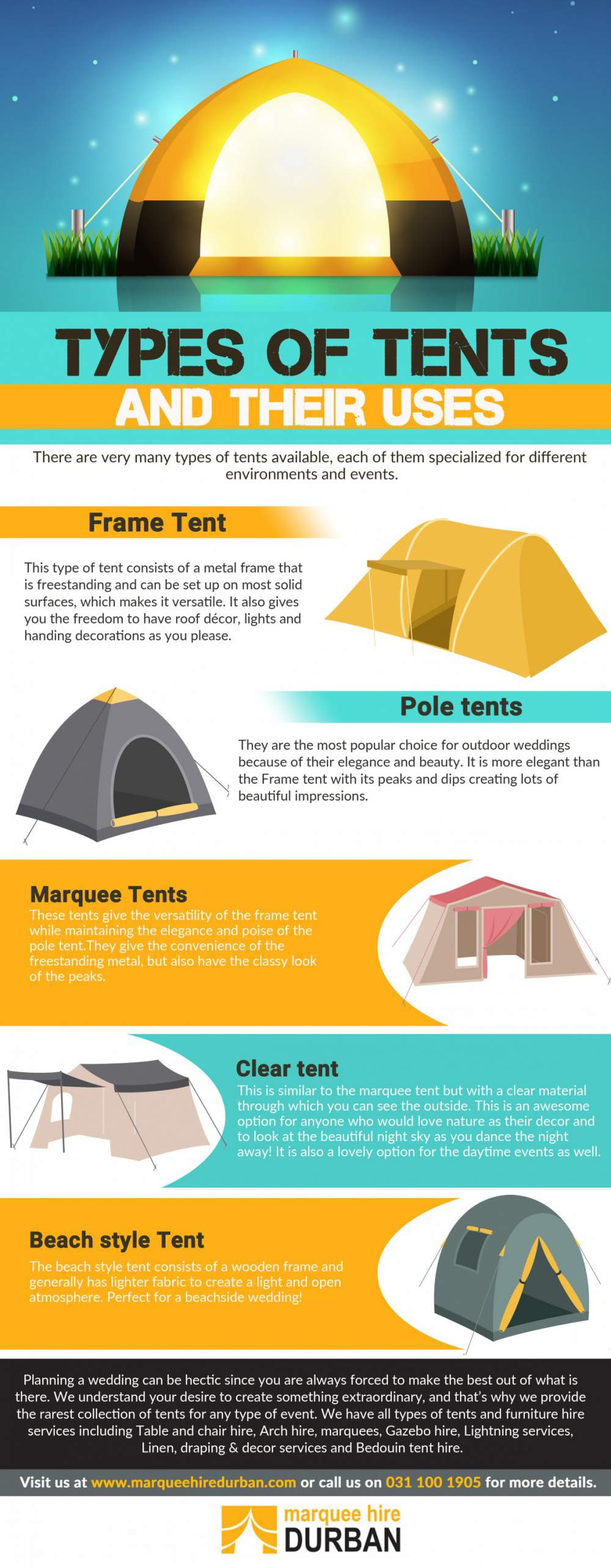The security of a tent depends greatly on well-tightened man lines, which boost the framework's capability to stand up to wind and other outside pressures. They also promote air flow within the sanctuary, which can make a significant difference in outdoor camping comfort and security.
Guy lines are generally made from durable, lightweight materials like nylon and polyester. Many are also reflective to prevent campers from tripping over them in low-light conditions.
Origins
While the exact beginning of person lines is vague, the principle is timeless. Its origins can be traced back to the French word "guie," which ultimately became the Dutch term, "gei.".
Man lines are cable television, cable, or rope used to support structures like camping tents and masts by securing one end to the structure and anchoring the various other end to the ground or various other set point. They offer added support past the capability of camping tent poles and stakes, particularly in gusty atmospheres.
In addition to providing added security, man lines are instrumental in advertising proper tent air flow. By assisting in the separation of a tent's rainfall fly from the inner tent body, they enable air to circulate openly throughout the framework, reducing condensation and maintaining comfort for campers. They're likewise very easy to readjust, allowing users to tweak their tension according to the details conditions in which they're camping.
Features.
Utilizing sturdy cable and tensioners, person lines anchor the edges and edges of a tent or tarpaulin for stability and support in numerous weather. Keeping them tight minimizes fabric sagging, boosts living space and total shelter efficiency. They likewise deflect snow or rain from accumulating and possibly damaging the material.
A lot of camping tents feature person line loops situated around the base and midway up the fly along the pole joints to achieve these features. They also raise the structural honesty of non-freestanding camping tents by distributing weight far from the tent body, which can be particularly vulnerable to gusty atmospheres.
A dependable knot is crucial for protecting the man lines to the anchor factors; a bowline or clove drawback are perfect alternatives as they're both strong, fast to connect and allow adjustability. The correct stress is very important; the lines ought to be tight adequate to develop a taut framework yet not so limited that they're straining or pulling on the add-on points.
Products.
Usually made from a product like nylon or polyester, today's guy lines are frequently created from ultra-high-density polyethylene (UHMWPE). UHMWPE is a resilient, high-tenacity fiber that is both water and UV-resistant. This makes it ideal for exterior use, as it will not break down or lose its strength when revealed to wetness and harsh UV rays.
Furthermore, it is naturally abrasion-resistant and can take care of incredible quantities of stress. It is very important that a tent's man lines have the ability to hold up against these forces in order to appropriately maintain and protect the sanctuary, specifically in gusty problems.
Because of this, several contemporary outdoor and camping fanatics choose to buy tents that make use of UHMWPE man lines. They can be conveniently anchored and linked to anchor points making use of a selection of methods, consisting of hooks, connections, or loopholes. When done appropriately, a tent's man line will certainly be tight and completely placed, giving essential stability for the sanctuary. This is particularly real for non-freestanding camping tents.
Installation.
If you discover that the roofing system of your outdoor tents or tarp isn't rather tight, or there are sagging areas on its walls, you possibly have not protected the individual lines. Those cord-like ropes that attach to loops on your rainfly or external camping tent wall and stake right into the ground, person lines are crucial for enhancing your outdoor camping experience by supplying critical structural assistance.
They distribute the weight of the outdoor tents and tarpaulin throughout the framework, raising security and protecting against drooping or damages due to unequal snow loads or winds. They likewise enhance air-flow with the framework, decreasing condensation and boosting total outdoor grocery bag camping convenience.
To connect your individual lines, you'll need to identify the ideal support factors on your shelter and after that protect them with a solid knot. Knots that offer adjustability, such as a bowline or clove hitch, are liked since they enable you to tweak the tightness of your person line, maintaining a balance in between stability and preventing too much pressure on the fabric.
